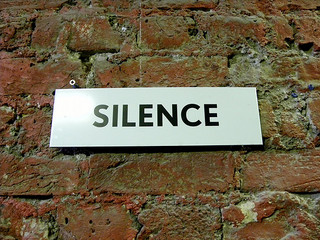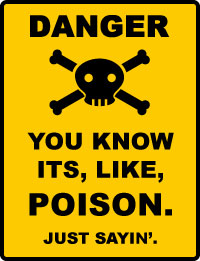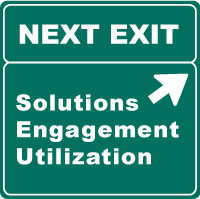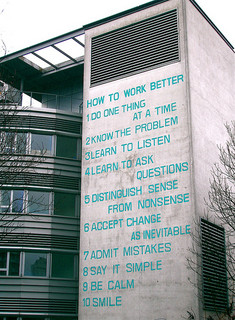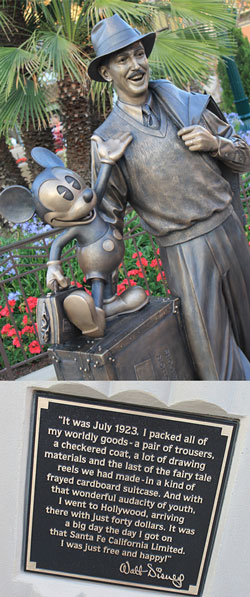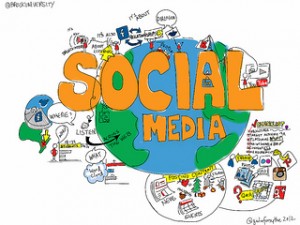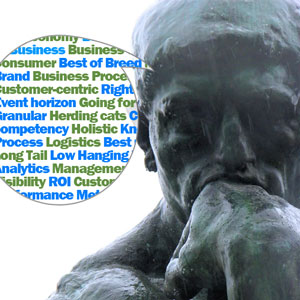
A communications coach helps leaders clarify their message and focus messaging strategy.
Illustration by hikingartist.com
One question I’m asked frequently is how does what I normally do differ from what a traditional management coach does. It’s difficult to explain because a management coach and a communications coach actually are similar.
Both types of coaches help managers lead better, so I would certainly call myself a management coach. We both help CEOs and senior leaders clarify and then make choices.
But my unique service offering is that of being a so-called message coach. I channel rather than challenge management choices leaders make, and then I in turn challenge the leaders’ choices for communicating such decisions.
In other words, a communications coach helps leaders choose the right strategies, tactics and approaches for communicating their management choices. These types of message coaches not only help leaders choreograph their communication choices, they also help craft the best messages for a particular situation and audience.
Communicating well up, down and sideways in an organization, as well as communicating appropriately to a wide range of external audiences, requires making the right choices for the immediate, short-term, medium-term and long-term horizons.
Are you at an inflection point in your career and getting ready to make some management choices? Are you prepared to make the right communications choices at the same time? Ask, assess, then act. We’re here to help!
 ”It” is your social media reputation and ”it” deserves a few minutes of discussion about how to handle ”it” particularly during times of crisis.
”It” is your social media reputation and ”it” deserves a few minutes of discussion about how to handle ”it” particularly during times of crisis.


